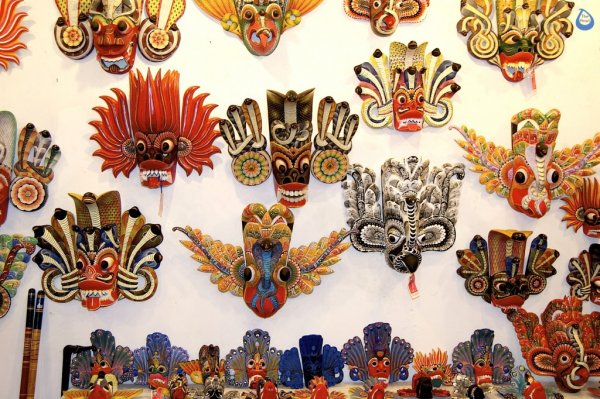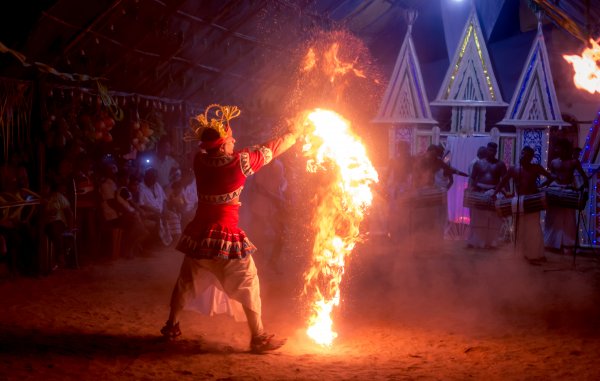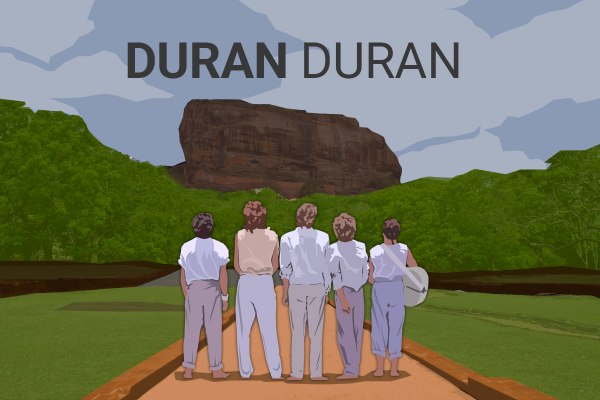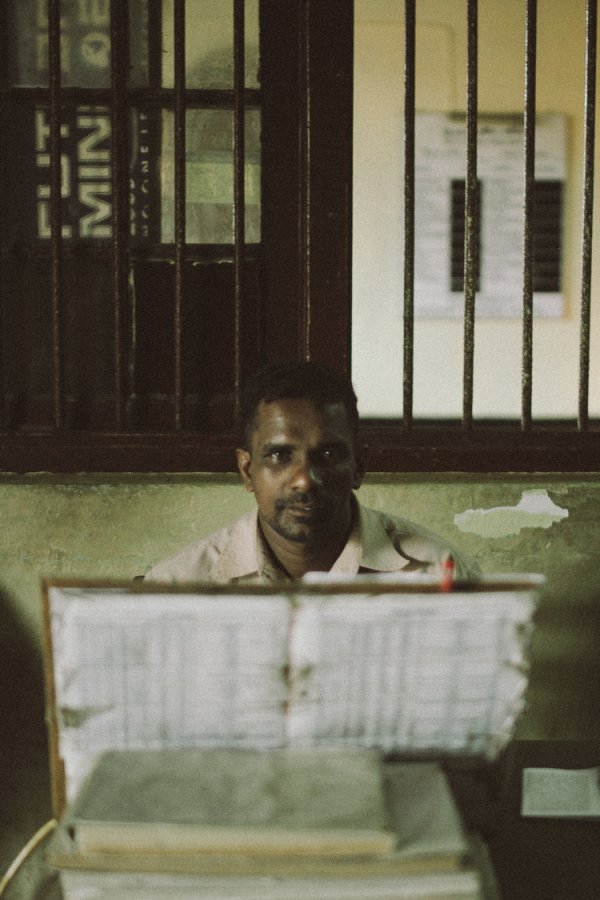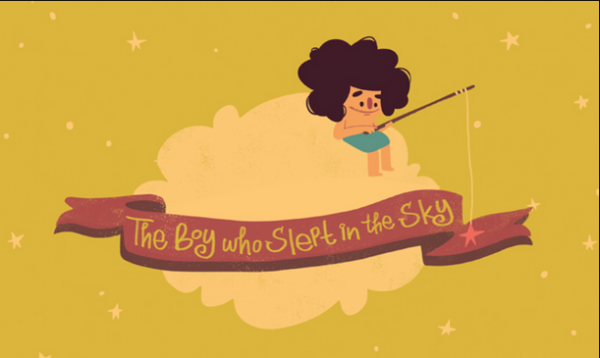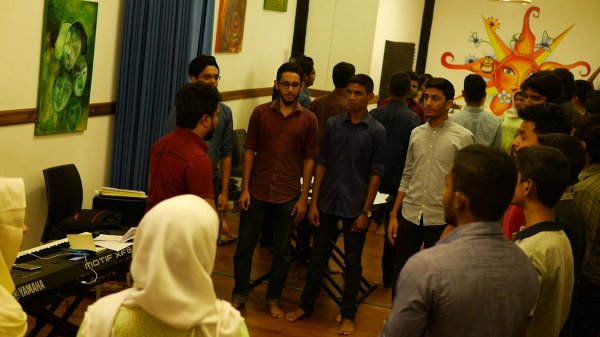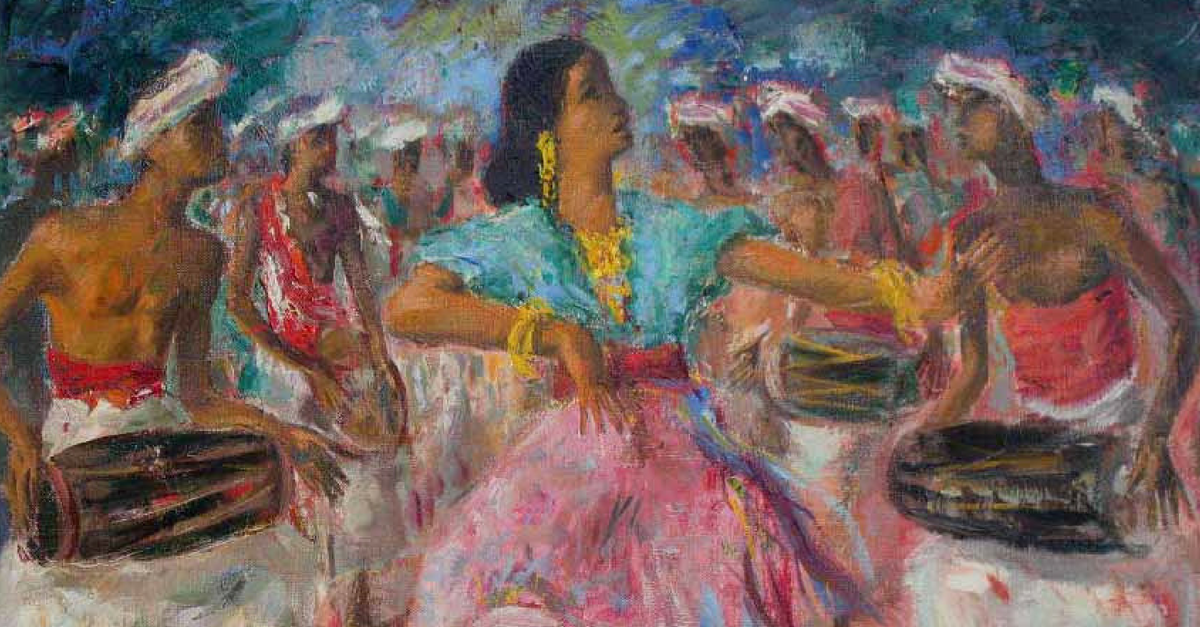
The role of art in documenting culture is well known. For centuries now, artists have reproduced what they saw around them, from renditions of lush landscapes to portraits of human figures. Through their art, we are able to learn about the past, see representations of the present and even explore visions of the future.
Art also plays an important role in recording history. The work of artists allows us to reimagine scenes of the past, and how things may have been before rapid development and technological advancement took place. It acts as a visual accompaniment to literary portrayals of history, and helps make it more vivid.
This is one reason why 56- year-old Aruna Saparamadu has embarked on a project to collect the work of artists—both local and foreign—who have captured the people and places of Sri Lanka, or Ceylon as it was known in colonial times..
“I began collecting vintage posters of Ceylon many years ago and I have more than 250 posters now,” said Saparamadu. “Then I slowly expanded to collecting art, especially [that of] foreign artists who visited Sri Lanka. I now have more than 100 different artists’ works in my collection now.”
Saparamadu, who has already published a book on vintage posters, is currently working on a two- volume book that will feature the work of many of these artists. He has also developed an online quiz to tests users’ knowledge of indigenous and foreign artwork inspired by Sri Lanka.
“Art is part of Sri Lanka’s cultural heritage, so we should do everything to preserve it. These artists painted scenes of the country that have changed completely today. The only memories we have of this are these images,” he explained.
The images that Saparamadu has collected span the period 1600-2000, and range from depictions of everyday Sri Lanka (Portrait of a Tamil Lady, Saraswathi Rockwood, 2001) and still life (The King Coconuts, Sara Radcliffe, 1981) to landscapes (Flowers of Mahagastotte Tea Estate, Eliza Baker, 1890).
Here is the work of six of the artists, both local and foreign. You can find the work of the other artists here.
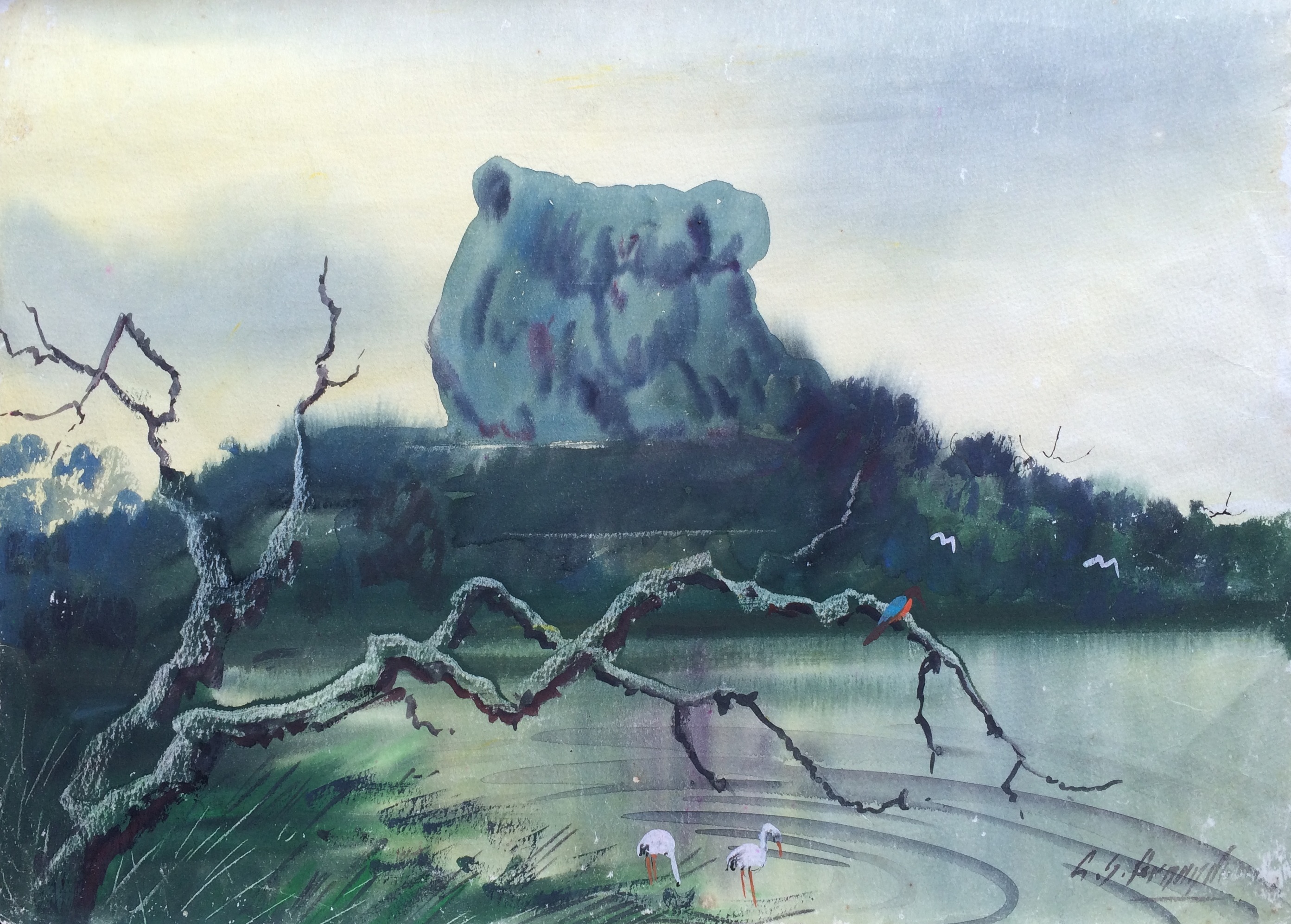
G. S. Fernando (1904–1990) was a Sri Lankan artist born in the seaside village of Suddhagoda, Bentara. He studied under Ceylon’s foremost mural painter, M. Sarlis. He later trained under A. C. G. S. Amarasekara and became known for his exquisite watercolours of rural country life. In 1934, he joined the Times of Ceylon as a commercial artist, and later became the head of the art department.
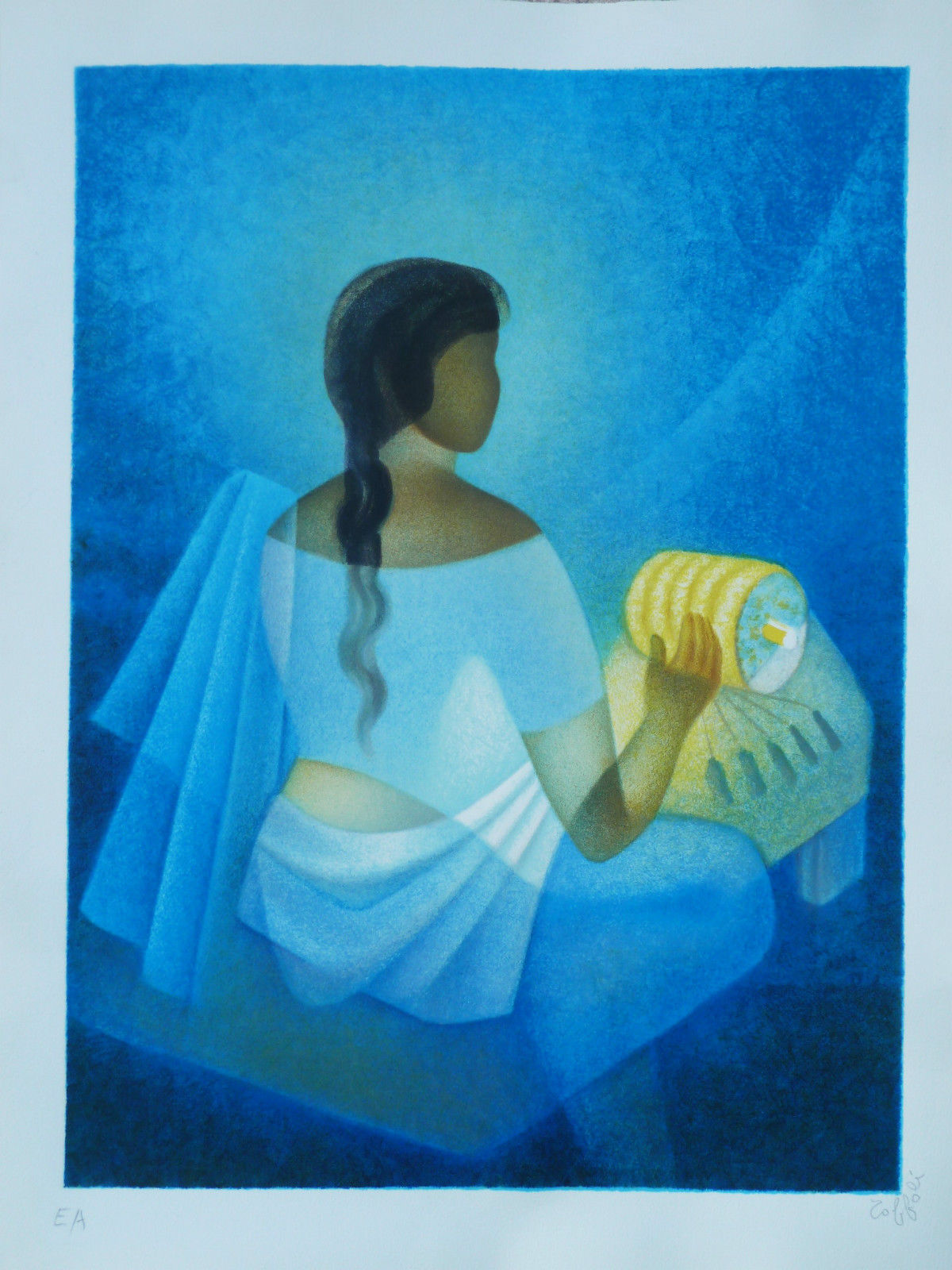
Luigi ‘Louis’ Toffoli (1907–1999) was a French artist who worked primarily in a figurative style. One of the major themes of his work was the ‘world at work’, where he depicted people engaged in various forms of labour. In 1960, Louis Toffoli devoted himself entirely to painting and travel, during which time he visited Sri Lanka.
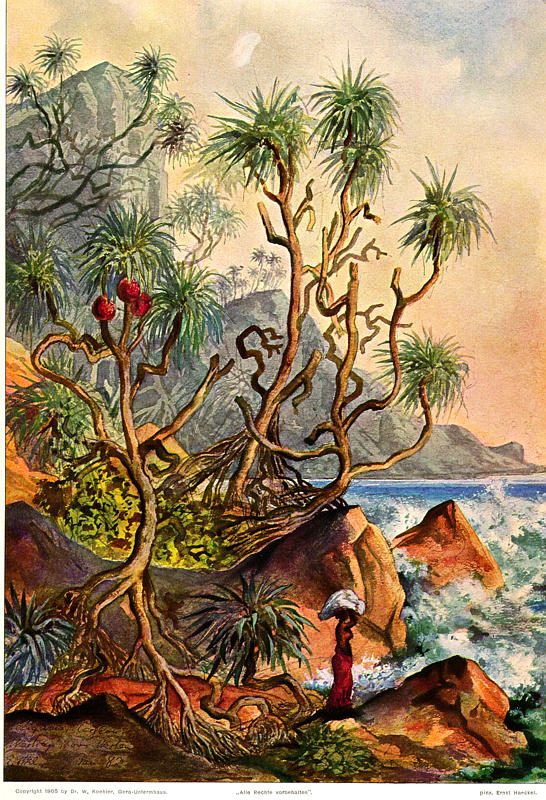
Ernst Heinrich Philipp August Haeckel (1834–1919) was a German artist who was referred to as the ‘Darwin of Germany’ for his interest in biology. He spent about six months in Sri Lanka in 1881-82. More than 70 of his Ceylon paintings and sketches are currently housed at the Haeckel Museum at the Friedrich Schiller Universität Jena, Germany.
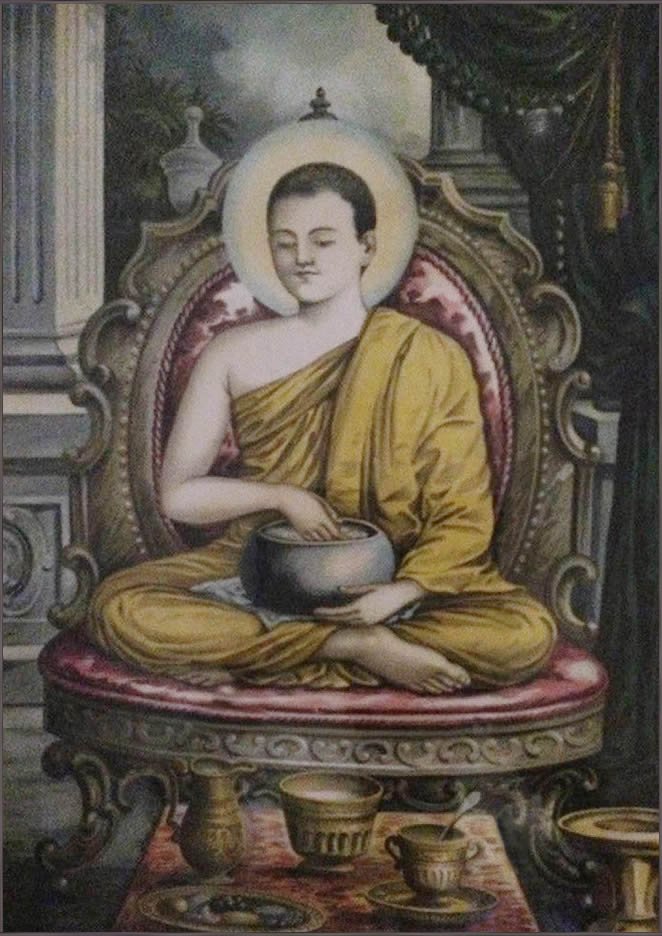
Walimuni Solias Mendis (1897-1975) was born in Mahawewa, Madampe, Chilaw. Mendis was primarily involved with painting murals in Buddhist temples and his work combined Indian Buddhist art techniques with traditional Sinhalese classical art. At the age of 30, Mendis undertook a 20-year project to complete the Kelani Vihara murals, which still stand today as his masterwork.
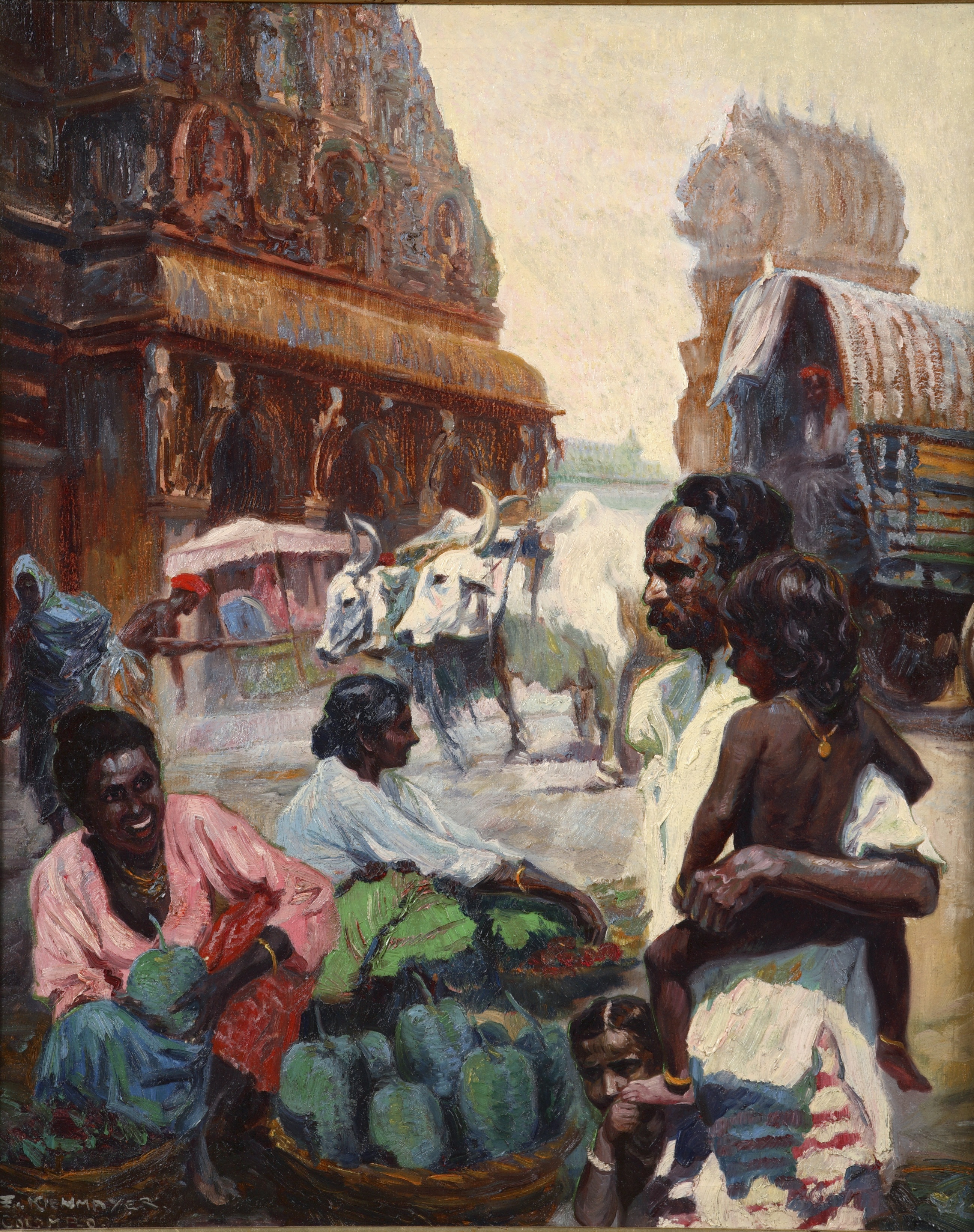
Franz Kienmayer (1886-1963) was an Austrian painter, born in Vienna in 1886. He travelled extensively after studying art in Vienna, visiting China, Japan, Singapore, Malaya (present-day Malaysia), and many of the islands of the Indonesian archipelago, where he became known for his portrayal of scenes of daily life in Asia. He visited Sri Lanka around 1930.

Sameera Kalupahana was born in Galle in 1970. He studied at the Vibhavi Academy of Fine Art and specialises in rural scenes, landscapes and human figure studies, using watercolours, oils, graphite and charcoal as his mediums.. A skilled watercolourist, his works are found in private collections worldwide. He currently teaches art at the Vibhavi Academy of Fine Art.
Cover image: ‘Danseuse Cinghalaise à Wattala’ (Sinhalese Dancer in Wattala) by Belgian artist Paul Daxhelet, 1960’s
